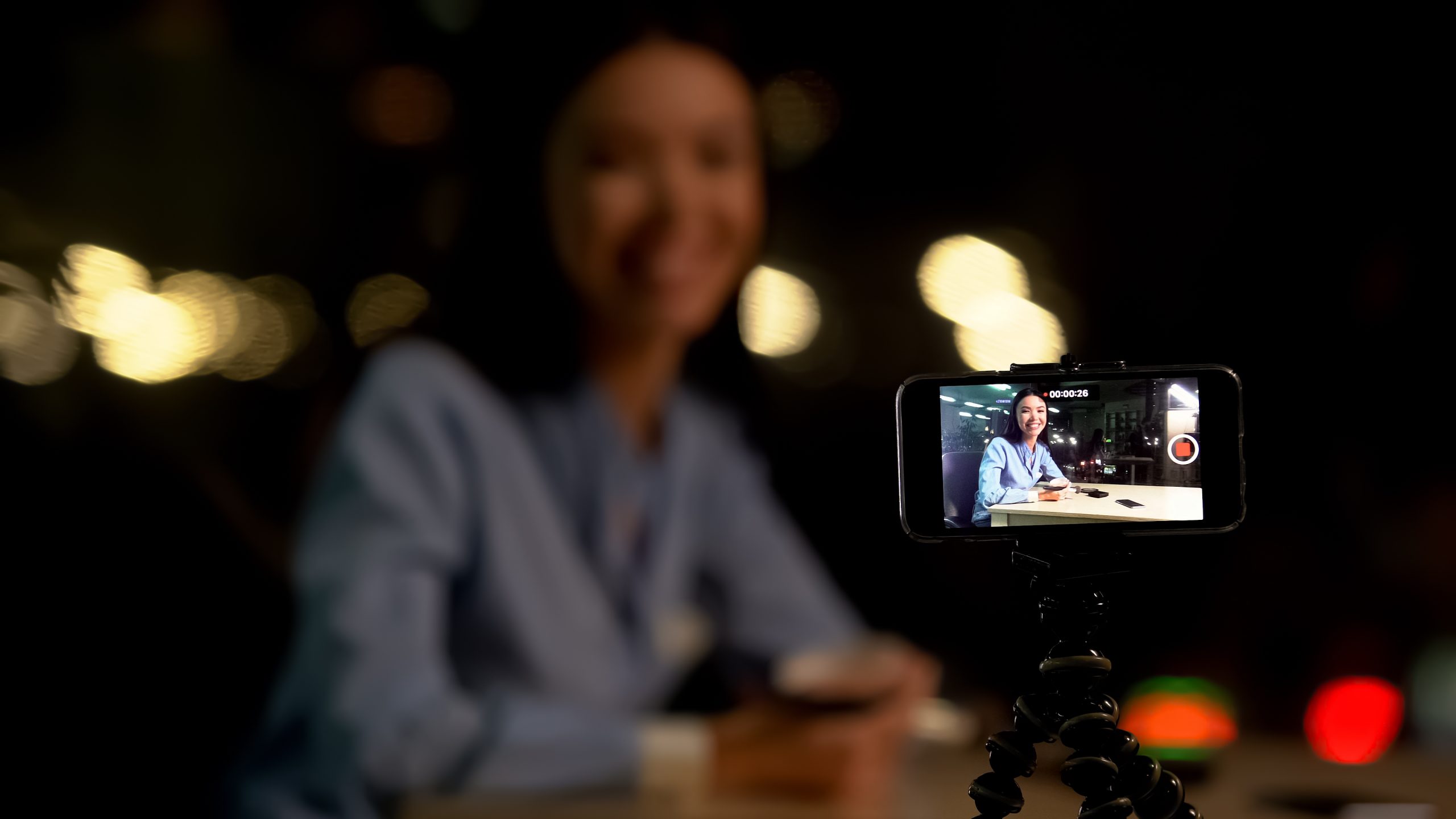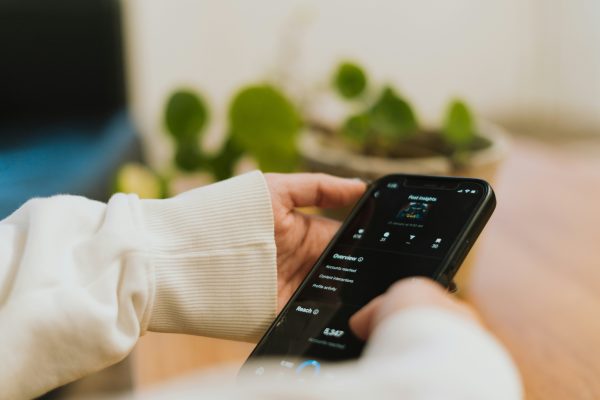In the midst of the near global lockdown caused by the coronavirus (COVID-19) pandemic, it can be hard to keep conversation flowing with your customers, stakeholders, partners and staff. With the current impossibility of face-to-face contact and the rapid rise in digital communications, your update in a deluge of company emails can be easily lost.
Video is the solution to cut through this traffic and is an extremely powerful way to communicate with an audience, quickly and directly, in periods of uncertainty. Some of the world’s largest travel and airline CEOs have recently been praised by Skift and Forbes for their good video practice, including Marriot International’s Arne Sorenson and Royal Caribbean Cruise Lines’ Richard Fain.
Video enables brands to demonstrate action, to maintain contact and show authenticity. But it can be daunting to know where to start when filming yourself at home. At 8020 we have an in-house video production service providing high-quality and affordable filming and editing for all our travel PR, aviation PR and transport PR clients. While we can’t come to you to film at present, our current efforts have focused on supporting our clients to film themselves, while we support the crafting of their communications, and editing of their videos in line with their company brand and house style.
Here are our top tips for video recording, armed with nothing more than your smartphone, a good backdrop, and your knowledge and expertise.
Prep your location
Make sure you’re in a bright room that has plenty of natural or artificial light. Find a position where you are well lit, but don’t position yourself with your back to a light source as this will leave your face in silhouette. Ideally, you should face a window or lamp.
The room should be quiet, with no background noise. Watch out for disruptive sound from air conditioning units or heaters, road traffic, pets, family members or alerts on your smartphone or computer.
Set up your shot
Scrutinise your background. What does it say about you or your company? Make sure your setting is tidy and relevant. Your smartphone should be positioned horizontally, in landscape mode, and ideally propped up on a piece of flat furniture or supported by a member of your household with a steady grip!
You can sit or stand in your video but remember that you will need to stay in this position throughout the filming so choose something that is comfortable. Remember not to move too much during the recording, and if you stop and start midway, try and return to the same position. Place yourself slightly to one side of the frame, with a small amount of space above your head and under your face. Make sure the top of your torso, shoulders and head are in shot.
Practice makes perfect. Plan what you are going to say and run through it before you press record, so you can listen to yourself and check what you have to say works out loud.

Video helps maintain a connection with your staff, stakeholders and customers in times of uncertainty
Action
To make the editing process smoother, start filming five seconds before you begin speaking and keep filming for five seconds after you stop, maintaining eye contact throughout. Look at your phone camera, and smile if appropriate. If you look off screen too much, when you are in thought for example, it can make you look suspicious and unconfident.
Don’t worry about making mistakes. Even the world’s top public speakers don’t get things right every time. Collect yourself and start again, you don’t need to stop and start filming. Keep that camera rolling.
It can be tempting to rush through the awkwardness of a video recording and just ‘get it done’ but remember this is your chance to speak to your customers and partners. You’re happy to give them this time. Speak clearly and at a regular pace.
In times of crisis
When you have lots to say and the tone and wording is particularly important, it can help to write a script. Gone are the days when a company CEO would look down at their notes. Apps are available to download including Teleprompter or BIGVU which can turn your phone or tablet into your very own autocue. Your script can roll slowly on your screen in time with your speech, with the text appearing near the forward camera lens so you can keep looking directly at your audience.
To find out more on how we can help you with video PR please get in touch: 8020comms.com/contact/









